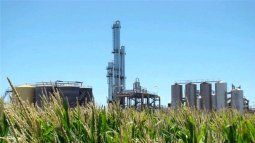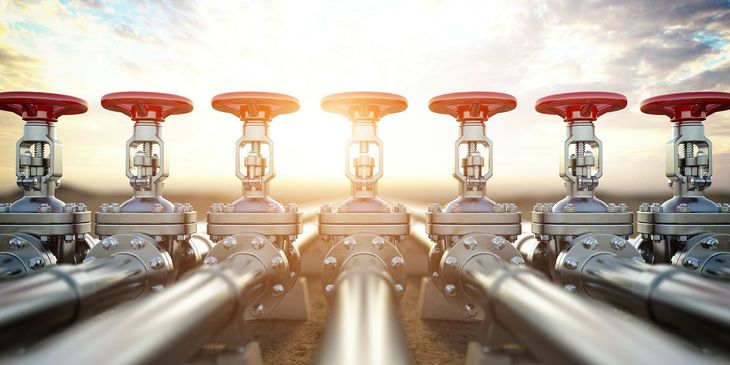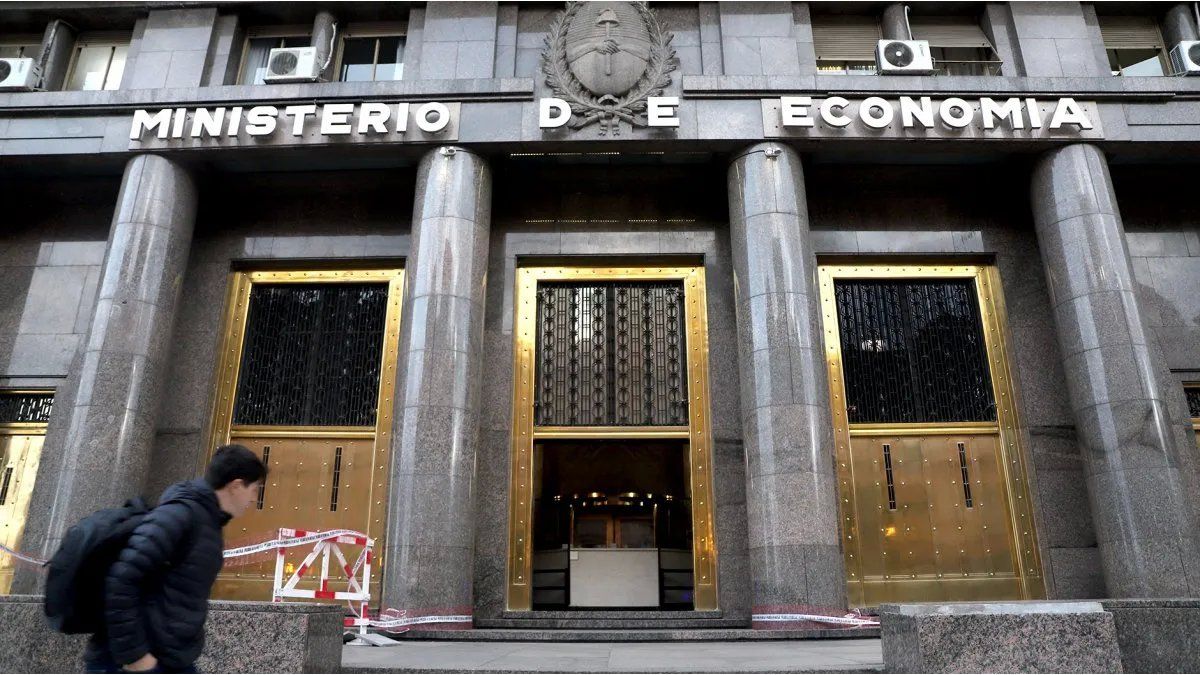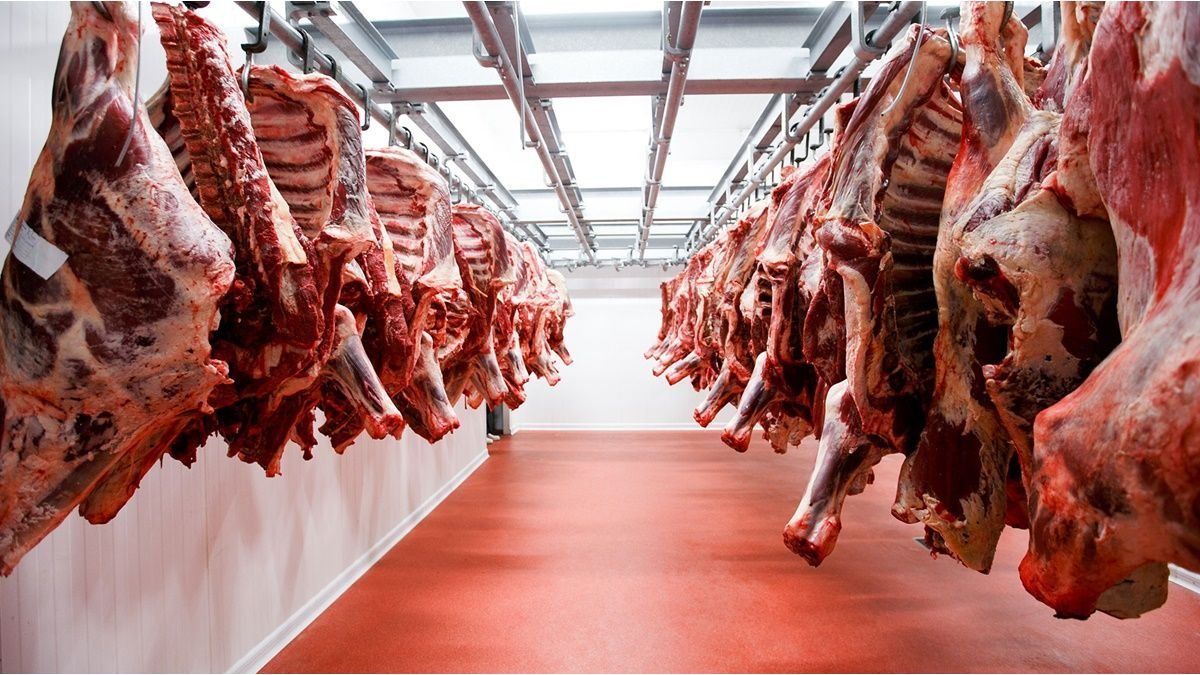Economic subsidies fell 17% as transfers increased 8% year-on-year in real terms, which lowered the average total reduction.
Despite the fact that the Government found it difficult to meet the goals of the International Monetary Fund (IMF), there is one of the requirements that he managed to meet. With the increase of rates, energy subsidies fell 20% during the first six months of the year.
The content you want to access is exclusive to subscribers.
Overall, economic subsidies fell 17% as transfers to transportation -not including Aerolíneas Argentinas- increased 8% year-on-year in real terms, which lowered the average total reduction. This is clear from the report on subsidies and tariffs prepared monthly by the Argentine Institute of General Mosconi Energy.


Among the main data, the report highlights that, depending on the rate segmentation which gradually entered into force since September of last year, the rate coverage indicates that, in electricity, 100% of the cost is covered for the N 1 segments (with greater purchasing power), 14% for N 2 and the 18% for households N 3.
“For him natural gasthe prices paid by users cover 53% of the cost of gas supply for N 1, 16% for N 2 and 20% for N 3 homes”, detailed the work of the institute.
natural gas.jpg

Subsidies: what the State spends on
In nominal terms, however, the figures for the evolution of subsidies as a whole are high.
- Energy: concentrates 79% of economic subsidies and grows 69.9% year-on-year while decreasing 20.1% in real terms. In turn, in absolute terms, it is the item with the highest nominal increase ($588,658 million), which explains 76% of the increase in transfers.
- Transfers accrued by Energy Argentina SA (ENARSA, ex IEASA). In the first semester of 2023 they increased 183.6% in the annual comparison and. nominally while they did so in real 40.8%. This increase was mainly explained by the anticipated purchase of LNG ships. “In turn, CAMMESA had 23.1% higher annual nominal transfers while they decreased 43.2% in real terms,” detailed the IAE, which added that “transfers from the Gas.Ar Plan increased 323.3% pa (+ 109.4% pa in real terms)”.
- Transportation Subsidies: they concentrate 20% of the transfers and grow at 100.4% annually, while falling 4.4% in real terms. Within it, the most relevant item is the Trust Fund for the Transport Infrastructure System (FFSIT) whose purpose is to finance the coverage of subsidies for motor transport of passengers and grows 133.4% pa in nominal terms (+15 .2% actual).
- water subsidies: In this case, it was observed that public service subsidies in AMBA, where AYSA operates, represent only 1% of total subsidies and increase 73.8% annually. In real terms, then, the figure is equivalent to a reduction of 17.4% in the last year. “In this way, the subsidies accumulate $3.96 trillion in the last twelve months at the currency of June 2023. This implies a real drop of 28% compared to the peak given in the same previous period (accumulated between July 2021 and June 2022)” , summarized the report.
Source: Ambito




